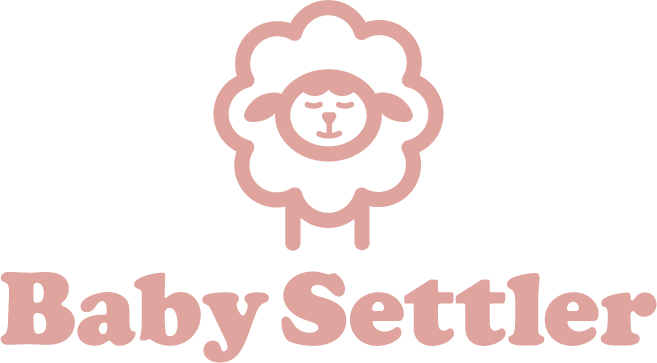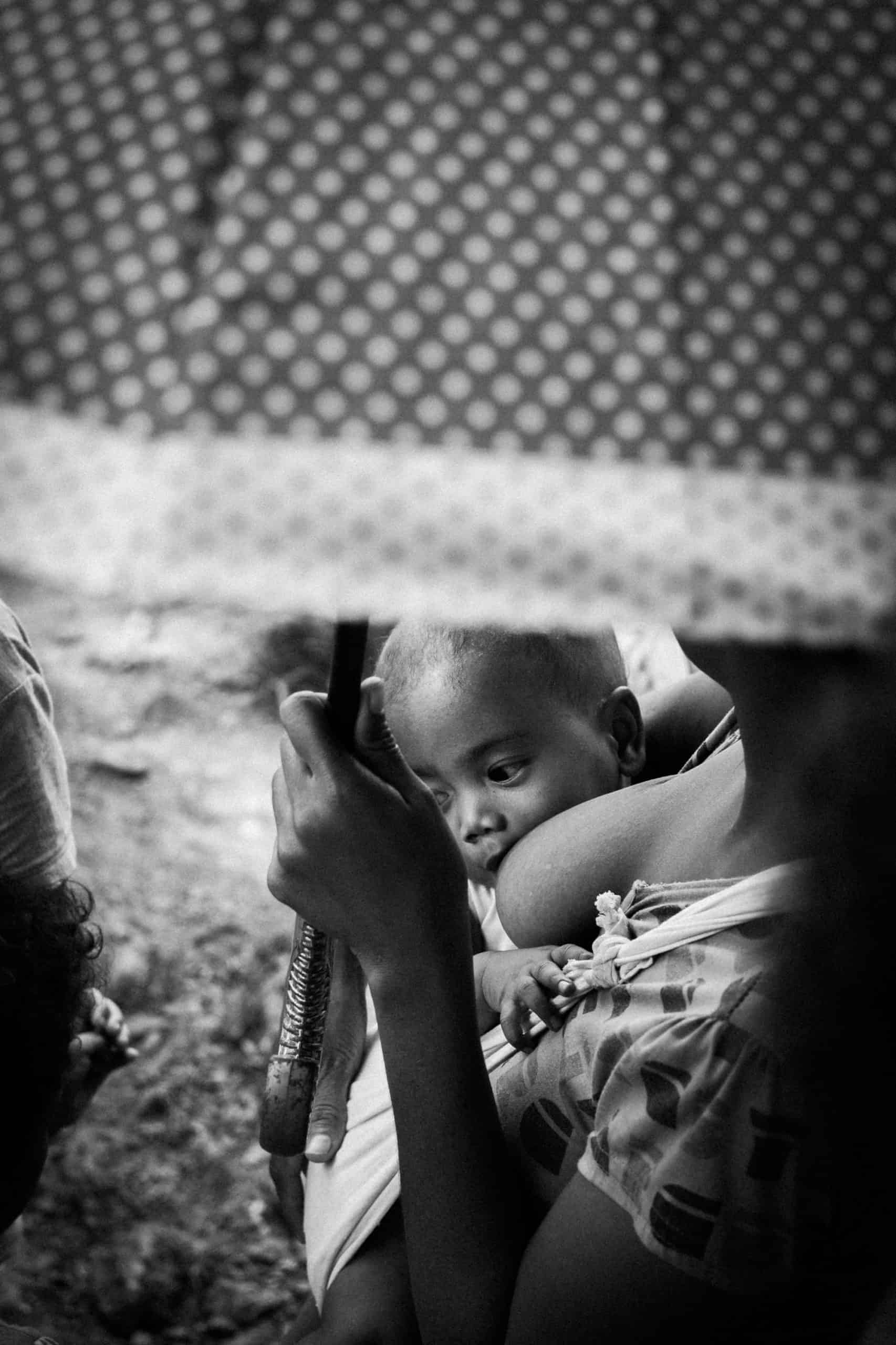Baby Settler Blog
Breastfeeding. 5 Tips for a Successful Start to Breastfeeding.
I’m hoping today I can give you some information to make breastfeeding a little easier for you. It’s an AMAZING journey but it is rarely a straight line to get there…
Advocate for immediate uninterrupted skin-to-skin contact until after first feeding.
Period. No ifs, ands or buts. In practice, what I’ve often seen is immediate skin to skin contact between mother and baby for about 5 minutes. When the OB provider is finished delivering the placenta and doing a vaginal repair, the baby is taken away from the mother, with her permission, to get a quick length and weight check. Then, the nurse does a quick head to toe assessment and before you know it a 60 second weight check turns into 5 minutes. When baby returned back for skin to skin with Mom they are now too tired to latch for a feeding after the shuffle from Mom, to the scale, for the assessment, and then back to Mom.
This process can interfere with the first breastfeeding happening during the first 2 hours of life. Babies are usually really alert and awake during that time and then they fall into a deeper sleep and sleep for a few hours. If you aren’t able to get the first feeding right after birth, it could make the next feeding or two a little more challenging.
Evidence – based best practice supports immediate, uninterrupted, skin to skin contact until the completion of the first feeding, and that’s what our policies and procedures should support too. Before delivery, discuss your expectations with your care team. Your nurse should be your advocate and support your wishes.
Feed on Cue
Your baby will literally feed easier, require less stimulation to stay awake for the feed and transfer more breastmilk when you are feeding him on cue. What does it mean to feed on cue? It means you’re looking for signs of hunger in your baby. Early feeding cues are when baby brings their hands to their mouth, transition from sleeping to waking, turn their head side to side, stick their tongue out of their mouth, smack their lips, clench their hands into a fist, and become restless. Crying is a late feeding cue. It’s always more difficult to get your baby to latch when he’s crying.
Pro tip: If you’re starting a feeding with a late feeding cue, place your baby skin to skin and get him to calm down before latching. It’s almost impossible to get a newborn to latch when they’re crying. It can also be helpful to get him to latch if you latch him onto your clean finger and let him suck for a few minutes prior to transferring to the breast.
Nurse for shorter durations, more frequent (at least 8x in 24 hours)
The hormone prolactin is annoying, it doesn’t act like you would expect. It will peak around 20 minutes, and then it starts to make a steady decline even if your baby is still breastfeeding after 45 minutes. A lot of women think the goal is to get their baby to breastfeed for a longer duration so they can make it longer between feeds.
Know the difference between nutritive & non-nutritive sucking
Let’s talk about your newborn baby. Your baby will only be able to feed vigorously for about 15 to 20 minutes at a time. Usually, he’ll feed on one said, fall asleep, and then you’ll take him off and burp him, wake him, and get him to the other side for 10 to 15 minutes.
In the first couple weeks of life, newborns aren’t going to feed vigorously for more than about 20 to 30 minutes at each feeding. Your baby might be doing non-nutritive sucking constantly, or comfort sucking, but babies aren’t really transferring milk when they’re doing non-nutritive sucking. The time spent at the breast comfort sucking, doesn’t count as active feeding time. It’s really important you know the difference between non-nutritive sucking and a suck-swallow rhythm. To the untrained eye, it can be hard to differentiate between the two. Ask one of your providers or a Lactation Consultant to show you the difference.
Learn the technique of hand expression
If you’re unable to initiate skin to skin and attempt to breastfeed within the first hour after birth, it’s important your nurse assists you with hand expression. This technique is the most effective method to remove colostrum, other than your baby. Ask your Nurse or Lactation Consultant to show you how to hand express. In addition to, there are lots of YouTube videos showing hand expression. It’s a technique, and it takes some practice to be really effective at removing colostrum. If your baby isn’t with you and able to breastfeed during the first few days of life, hand expression is going to be your most effective tool to remove colostrum to give to your baby. And there are many evidence-based studies that show hand expression closely following delivery, even more so than pumping alone, can help set mothers up for a great breastmilk supply.
Possible ‘Issues’
I wanted to share a little about some issues you could experience when you’re breastfeeding or pumping. IF you experience any of these issues, I’d recommend you talk with a Lactation Consultant who can help you figure out a plan for moving forward.
Painful latch: Issues could be a few things… The latch is not deep enough, tongue or lip tie, forceful letdown
Engorgement: Use an NSAID like Motrin (per provider), feed on cue, apply heat to breast prior to feed for 5-10 minutes, apply cold therapy to breast after feed for 10 minutes. Should be transitional, not continuous. *If engorgement lasts more than 48 hours, see a Lactation Consultant. Engorgement is breast tissue compression and this can lead to milk suppression. It’s not a “goal” to have engorgement between each feeding/pumping session.
Cracked-Bleeding Nipples: Make an appointment to be evaluated by a Lactation Consultant. Pure coconut oil acts as a natural antimicrobial. Ask your OB provider about “Jack Newman’s Nipple Cream”. A compounding pharmacy can make this for you with a prescription. It’s a mix of antimicrobial, antibacterial, antifungal, and a steroid. It can be really helpful for healing Mom’s nipples, but you need to figure out the “source” of the trauma. You can continue breastfeeding while using this cream. But the cream is used for healing- read: it is not daily cream.
Clogged Milk Duct: You want to make it your “job” to get the duct unclogged. Heat prior to feeds, starting on the side with the clogged duct, as well as pointing your baby’s nose towards the clogged duct helps. You can use hand massage to help. You don’t want to do a lot of extra pumping. Your baby will be the most effective as removing the clogged duct.
Mastitis: Signs include a fever, malaise, you feel like you have the flu, redness, pain. These signs are not all inclusive. You want to reach out to your OB provider immediately if you have concerns as well as follow up with a Lactation Consultant. The “Source” needs to be identified. It could be from cracked, bleeding nipples, contaminated pump parts, a clogged milk duct, engorgement. This can turn into a medical emergency. You need to start antibiotics asap when you are diagnosed with mastitis as it can turn into a systemic (in your blood) infection that can make you gravely ill if not treated.
I hope this information helps support you on your breastfeeding or pumping journey! If you’d like to learn more check out the Baby Settler Breastfeeding Made Simple course and/or you need Lactation support I’d love to chat with you!
You’ve got this Mama!
Hillary
Ways to Get Your Partner Involved with Your Newborn Even if You’re Breastfeeding
From the moment you see those two pink lines, life as you know it changes forever. The journey into parenthood is exhilarating, yet it often feels like a roller coaster ride with no manual to guide you. For many new moms, especially those who are breastfeeding, it can...
The Default Parent (an opinion piece)
I want to start out by saying that I'm blessed to have an incredible partner in my husband. Honestly, there are many times when I sit back and compare myself to him and feel completely inadequate in my role as a wife and mother. He does it all- literally. He is an...
How to Choose the Best Pediatric Provider for your Family
How to choose the best pediatric provider for your family. Trying to choose the best pediatric provider for your family has always been a really important decision But honestly, I think it’s more important now than it ever has been. When I was having my first...
Expert Insights Delivered to Your Inbox
Follow Along
Meet Hillary
Courses
Consultations
Gift Certificates
Blog
My Amazon Shop
Write a Review
Terms & Conditions








